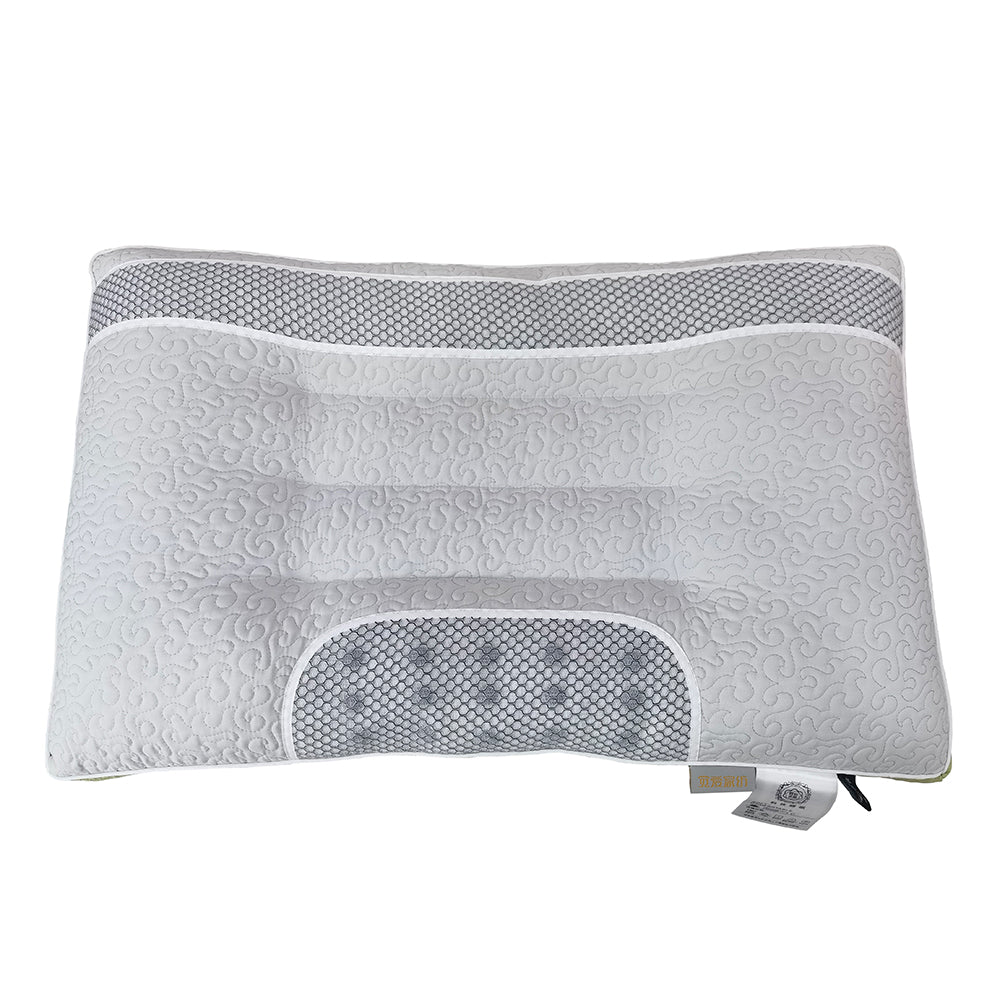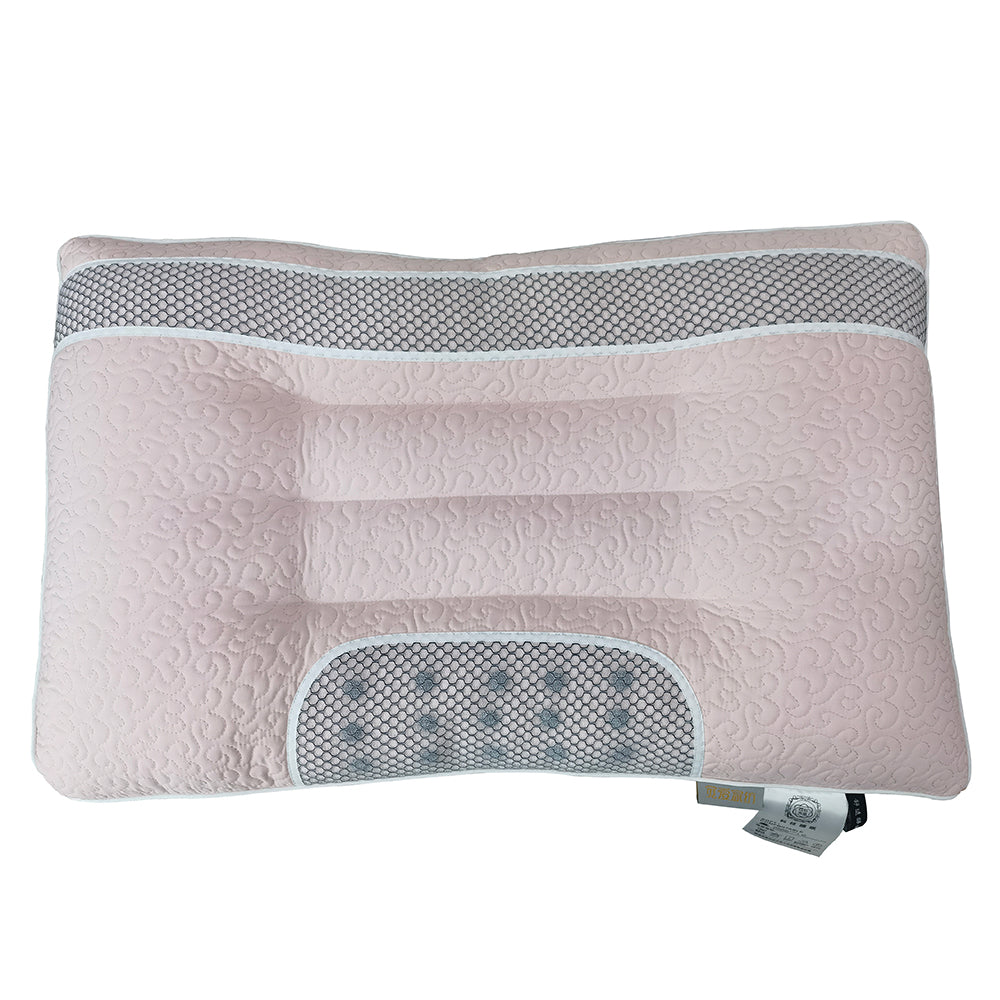The potential benefits of magnetic therapy latex pillows CL
The potential benefits of magnetic therapy latex pillows CL
The Potential Benefits of Magnetic Therapy Pillows
Magnetic therapy pillows, embedded with magnets or magnetized materials, are marketed for their purported health benefits, including pain relief and improved sleep. While scientific consensus on their efficacy remains debated, some studies and expert analyses suggest potential advantages, as outlined below.
1. Pain Relief and Inflammation Reduction
Magnetic therapy is theorized to influence blood flow and nerve activity via static magnetic fields (SMFs). A 2020 meta-analysis in the Journal of Pain and Symptom Management reviewed 29 studies and found weak but statistically significant evidence that magnetic therapy reduced chronic pain, particularly in osteoarthritis and fibromyalgia. Researchers hypothesized that SMFs may inhibit inflammatory cytokines like TNF-α and IL-6, though mechanisms remain unclear.
2. Improved Sleep Quality
Some users report enhanced sleep with magnetic pillows, potentially linked to melatonin regulation. A small 2017 study in Environmental Health exposed participants to 50 Hz electromagnetic fields, observing altered melatonin secretion patterns. However, static magnets in pillows generate far weaker fields (~5–100 mT), and direct evidence is limited. Proponents argue localized effects on neck muscles may promote relaxation.
3. Enhanced Circulation
Magnets are claimed to improve blood flow by attracting iron in hemoglobin. A 2018 randomized controlled trial in Complementary Therapies in Medicine tested magnetic insoles (1,200 Gauss) on 48 participants with diabetic neuropathy. After 4 months, the treatment group showed increased microcirculation (p<0.05), though pillow-specific studies are lacking. Critics argue placebo effects may dominate.
4. Stress and Anxiety Reduction
A 2015 pilot study in Explore evaluated magnetic pillowcases (800 Gauss) on 30 adults with insomnia. Participants reported 23% reduced anxiety scores (p=0.03) after 4 weeks, though objective sleep metrics (e.g., polysomnography) showed no significant changes. Researchers speculated psychological benefits from perceived therapeutic intervention.

Product features
Product features
Materials and care
Materials and care
Merchandising tips
Merchandising tips
Share



